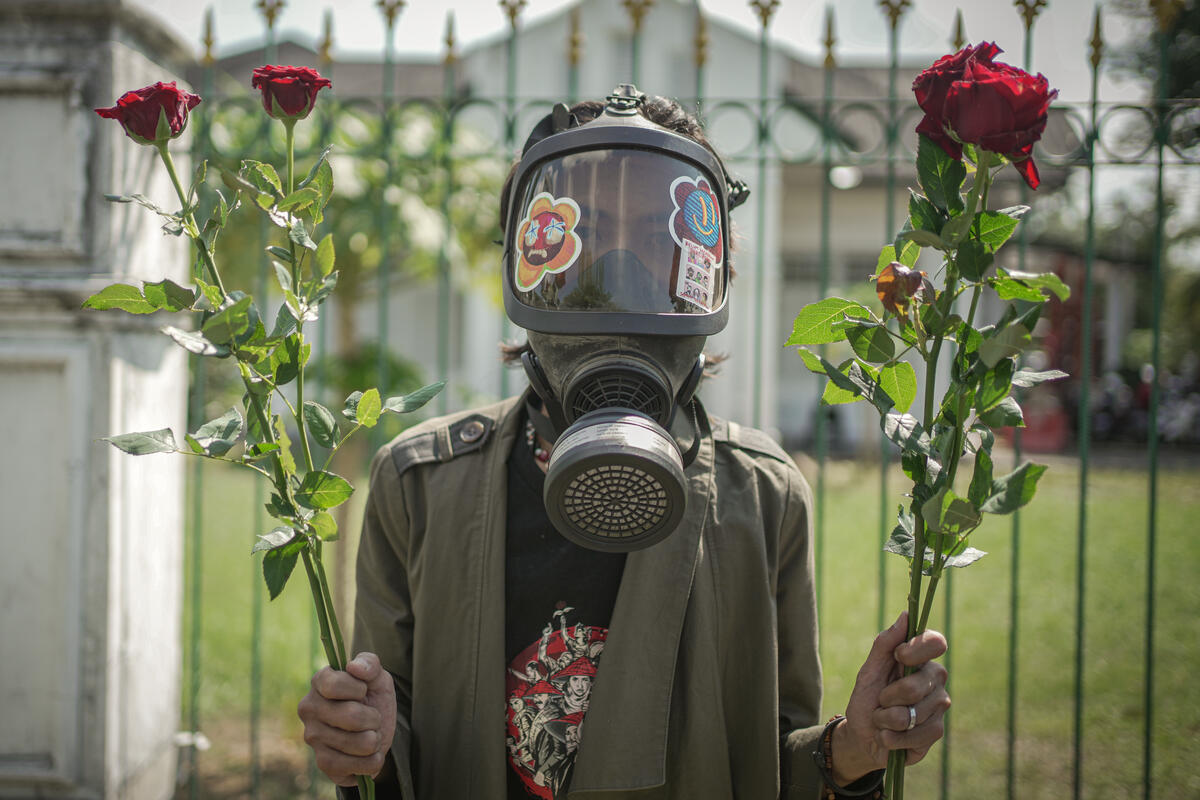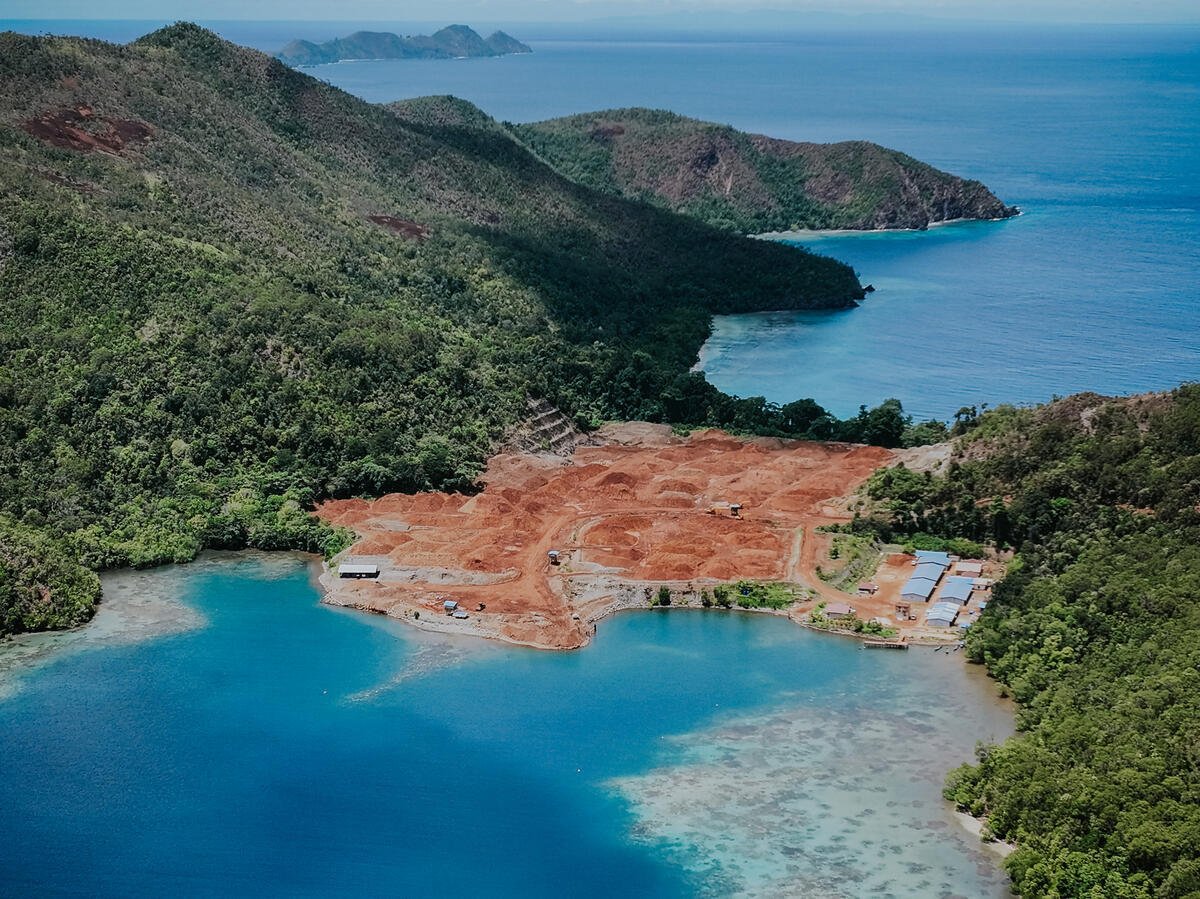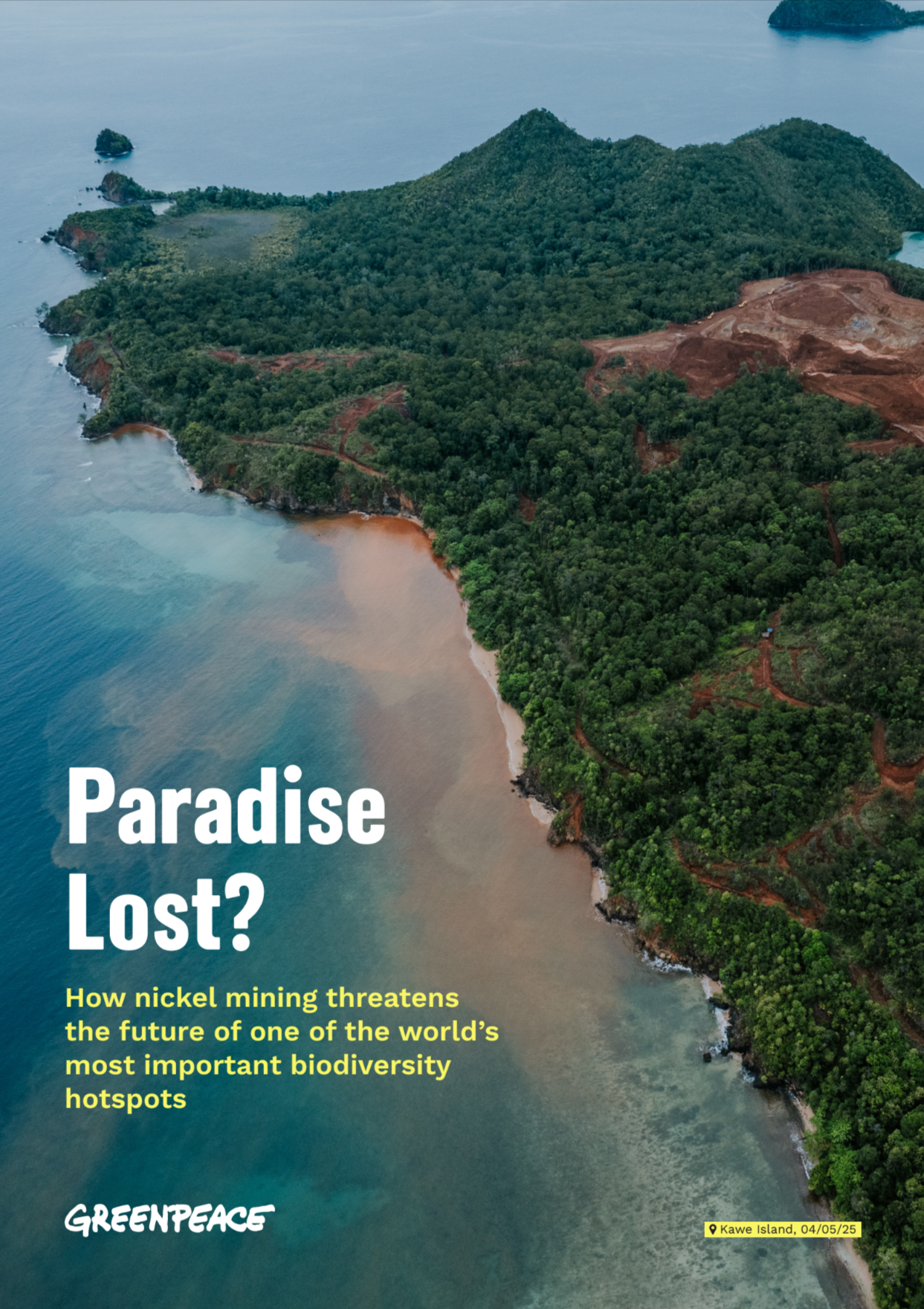Jakarta, 8 August 2019 – As the Indonesian Government has announced that the moratorium in primary forests & peatlands has been made permanent, new Greenpeace mapping analysis reveals its failure in protecting forests and peatland. More than one million hectares inside the moratorium area have burned between 2015–2018 as a result of forest fires, and deforestation rates have actually increased in areas that were supposed to be protected after it was introduced in 2011. Millions of hectares of land have also been removed from moratorium areas that were originally protected.[1]
Greenpeace mapping analysis shows that 1.2 million ha of forest has been lost inside moratorium areas in the seven years since it was first introduced, at an average annual rate of 137,000 ha per year. In the seven years before the moratorium was introduced the annual average deforestation rate was 97,000 ha per year.
“The Indonesia forests moratorium is a good example of government propaganda on forest conservation. It sounds impressive but doesn’t deliver real change on the ground. Deforestation and forest fires have continued inside moratorium areas and boundary maps get regularly redrawn to remove forest or peat areas that are of interest to plantation companies. Making it permanent doesn’t fix its fundamental weaknesses and won’t stop forest and peatland degradation in Indonesia”, said Kiki Taufik, Global Head of Greenpeace Southeast Asia forests campaign.
Greenpeace analysis on the changes to the moratorium map since 2011, found that a total area of 4.5 million ha of forest and carbon-rich peatland were removed and that 1.6 million ha of the total have been granted with permits for palm-oil, pulpwood, logging and mining. These licences were given either in the primary forest or peatland area. In recent weeks President Joko Widodo has urged the forests and environment minister, Siti Nurbaya Bakar, to speed up the process of releasing new forest areas, publicly stating that she should shut her eyes and give new permits as quickly as possible.
Today, the Intergovernmental Panel on Climate Change (IPCC) published the most comprehensive scientific assessment of climate and land to date, exposing the need for forest protection and radical reform in the agricultural system.[2] The report shows that 23% of human greenhouse gas emissions stem from deforestation, fires and agriculture but land can act as a powerful carbon sink to help mitigate the worst of climate change. [3]
“While the scientific community is urging countries to reduce emissions from deforestation and protect peatland, Jokowi is pushing the Minister of Environment to hand out land for companies to exploit. Other regulations introduced after his reelection further weakened existing peatland legislation, risking fires and greenhouse gas emissions and show that the government is not serious about preserving these ecosystems as critical to keeping to a 1.5ºC world”, said Taufik.
Greenpeace argues that, in making the moratorium permanent, the president should firstly deliver on the long awaited one map initiative and urgently extend its remit to deliver zero deforestation of all forests and to ensure zero forest fires and zero new peatland drainage. To reduce GHG emissions and fire risk, further measures should include a plan to rewet drained peatlands.
Ends
Notes:
[1] Greenpeace Analysis on Moratorium (2011-2018) Note that burned moratorium areas include forest and peatland.
[2] The report will be released today in Geneva at 10 am CET
[3] Land use/LUC and peat and forest fires emissions account for 63% of Indonesia’s declared emissions.
Contact
Sol Gosetti, International Communications Coordinator, Indonesia Forest campaign, [email protected], +44 7380845754



